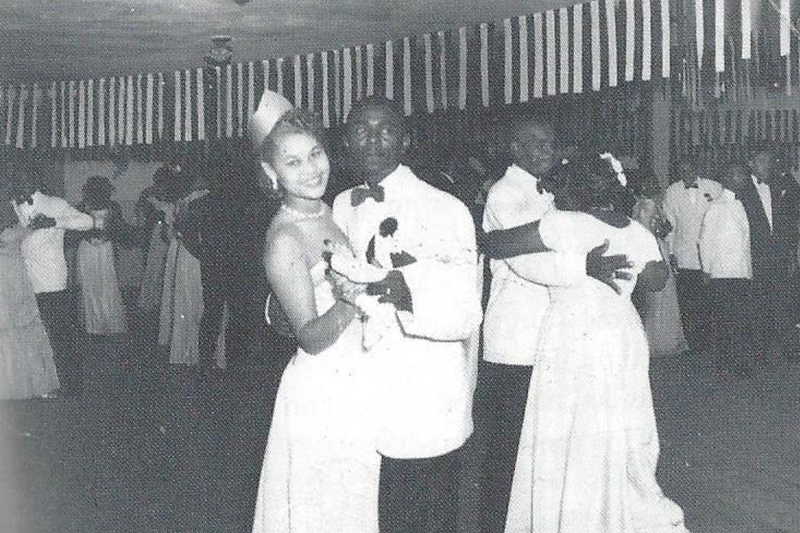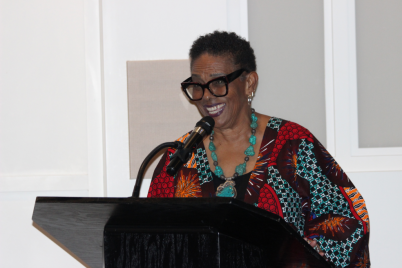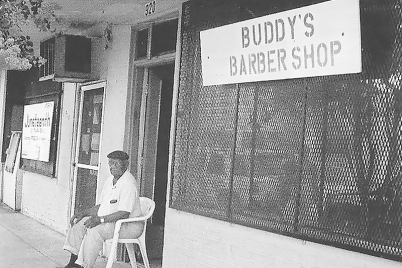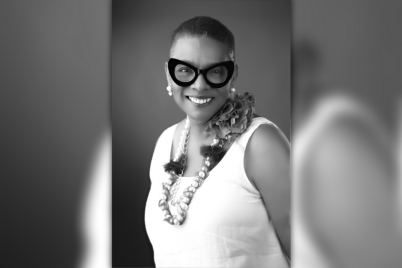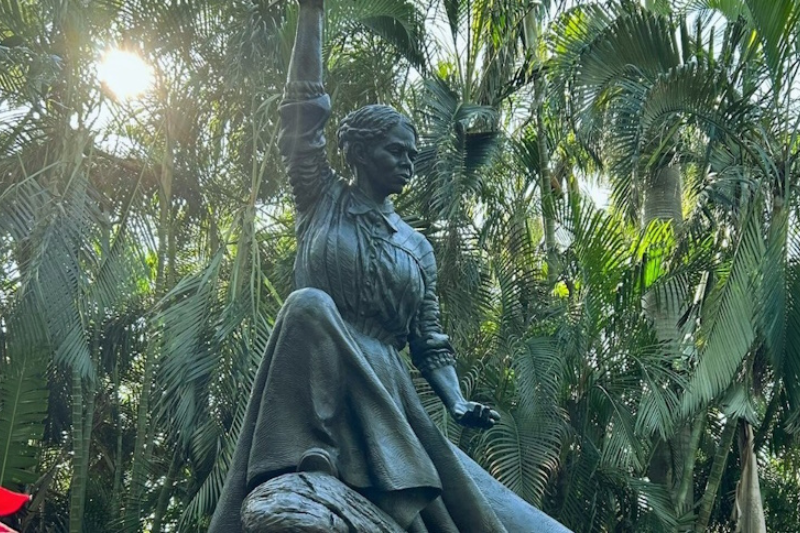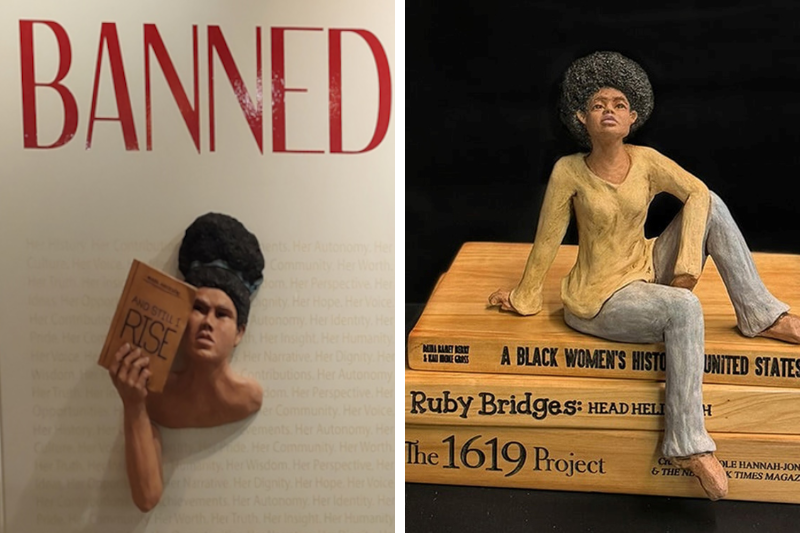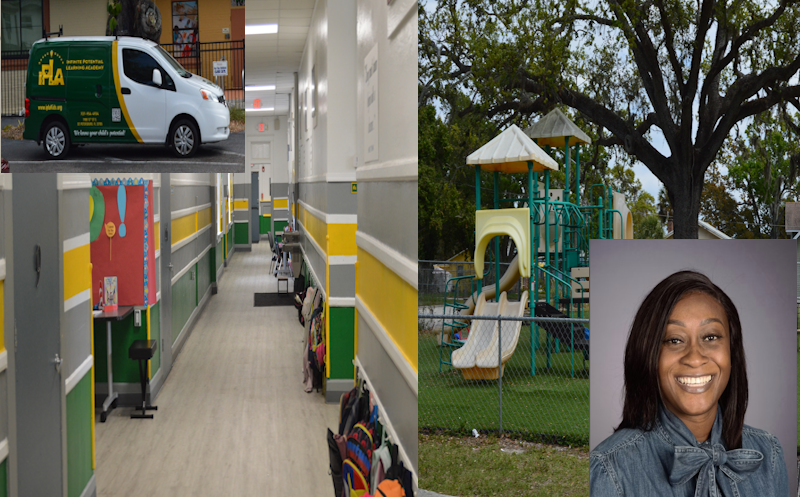Rosalie Peck and Major Kelly seen here dancing at a Club 16 event held at the Manhattan Casino. Club 16 was one of the city’s leading men’s clubs.
By Gwendolyn Reese
Earlier this month, Gibbs High School held their prom at the historic Manhattan Casino. I was made aware during a visit to Callaloo after inquiring about how busy the staff was. I was told they were preparing for Gibbs’ prom later that evening. I was elated. History had come full circle.
Until the onset of World War II, Gibbs had no cafeteria, gym or other places to gather, and the Manhattan was home to graduations, proms, homecoming dances, Christmas parties and other school-related activities. Churches also utilized the facility when a big room was needed.
Neither the pastors nor educators considered the casino to be a place of ill-repute. Whether it was school activities, headline acts, teas, fashion shows, social club meetings or other events, the Manhattan Casino served as the venue for practically all social functions in the black community.
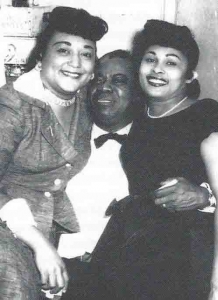
Louis ‘Satchmo’ Armstrong takes a break from a Manhattan Casino gig in the company of two fans, Josephine Smith (left) and Ester Peck Thomas.
Elder Jordan, one of St. Petersburg’s pioneers, saw a need for a gathering place for the growing black community and built the Jordan Dance Hall in 1925. From that time until it closed in 1968, it was a place of fun, music, dance, fellowship, and freedom from the daily hardships and challenges of the Jim Crow era.
Jordan built his gathering hall on 22nd Street, “the Deuces,” where people of color could shop, socialize, and conduct business without the stigma of racism tainting every interaction or transaction.
According to an article in the Times dated December 24, 2003, “City records show the original structure’s building permit was issued January 5, 1925. The building was to contain six apartments and a garage, a service station permit was added four months later.”
Through the years, entrepreneurs developed storefronts in the building and along 22nd Street, including several Jewish businessmen, when prejudice made it difficult for them to open businesses on booming Central Avenue.
A white doctor, William B. Lingo, opened an office in the building in the late 1920s. He came here from Atlanta in 1918 and was described as a philanthropist and educator who had both medical and law degrees and was a registered pharmacist. He was known for offering “paid” receipts at Christmas for people who could not pay their bills. A hand-lettered sign that could barely be discerned remained on the south side of the building in 2003.
Big-name acts came to The Manhattan almost monthly, such as Count Basie, Cab Calloway, B.B. King, Ray Charles, Nat King Cole, Fats Domino, Bobby Blue Bland, Ella Fitzgerald, Ike and Tina Turner, Dinah Washington, Duke Ellington, Della Reese, Otis Redding, Ink Spots, Little Richard, Booker T and the MGs, Sarah Vaughn, Lionel Hampton, and James Brown to name a few.
Al Downing started the music program at Gibbs in 1939 with a dance band. The band performed all around the area and, with the monies earned, helped to buy the “Blue Goose,” which was the first school bus Gibbs had. When most of the members of the Manhattan’s house band left to serve in World War II, George Cooper, a Gibbs graduate, took over as bandleader and remained in that role until the doors of the Manhattan closed 25 years later.

Gwendolyn Reese, “I AM”
“The Manhattan Casino was every bit as important to the Black community as the Coliseum was to the white community,” said Steve Cooper in an article in the St. Petersburg Times in 1999. Cooper was a musician who played in the Manhattan’s house band while attending Gibbs High in the 1950s.
The building was named a historic landmark by the City Council in 1994. The owner, angered by the historic designation, said they should buy the property. It took a while, but eventually, the city did just that.
Sources:
Peck, Rosalie and Jon Wilson. St. Petersburg’s Historic 22nd Street South. Charleston: The History Press 2006
Rogers, David. “The Manhattan Casino: It was All We Had.” Tampa Bay Times. July 5, 1999. Pg. 1 and 6
Wilson, Jon. “Manhattan Casino addition gets approval from city.” Tampa Bay Times. December 24, 2003 Pg. 10

